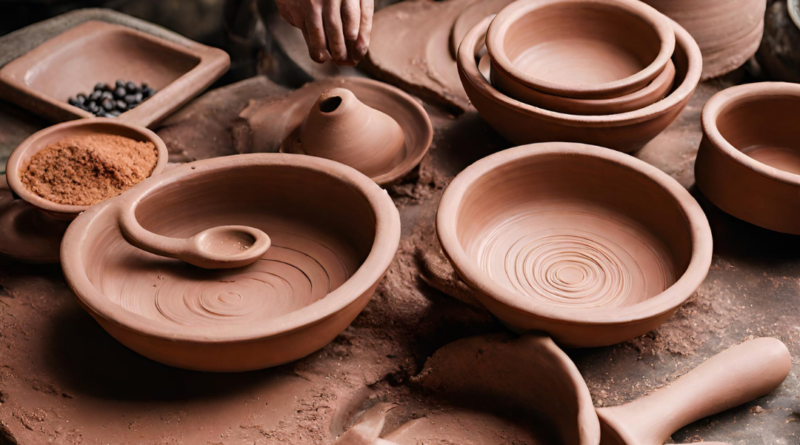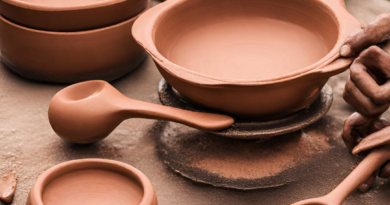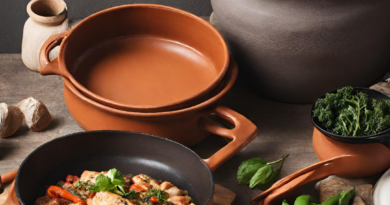What’s the difference between clay and ceramic cookware?
Clay and ceramic cookware share some similarities, as both are made from clay materials and are often used for slow and even cooking. However, there are several differences between the two:
1. Composition
– Clay Cookware: Clay cookware is made primarily from natural clay, which can vary in composition depending on the type of clay used. It is typically unglazed, although some may have a natural glaze from the firing process.
– Ceramic Cookware: Ceramic cookware is made from a mixture of clay, minerals, and other materials. It is then fired at high temperatures, which can vary depending on the type of ceramic. Ceramic cookware is often glazed to create a smooth, non-porous surface.
2. Heat Retention and Distribution
– Clay Cookware: Clay pots are known for their excellent heat retention and slow, even heat distribution. They can maintain a consistent temperature throughout the cooking process, which is ideal for slow-cooked dishes.
– Ceramic Cookware: Ceramic cookware also retains heat well, but the heat distribution may vary depending on the quality and thickness of the ceramic. High-quality ceramic cookware can offer relatively even heating, but it may not be as uniform as clay cookware.
3. Cooking Techniques
– Clay Cookware: Clay pots are particularly well-suited for slow cooking, braising, stewing, and simmering. They are often used for dishes that benefit from gentle, even heat over an extended period.
– Ceramic Cookware: Ceramic cookware can handle a wide range of cooking techniques, including baking, roasting, broiling, and some stovetop cooking. Ceramic dishes, such as casseroles and baking dishes, are versatile and can go from the oven to the table.
4. Flavor and Aroma
– Clay Cookware: Clay pots can absorb and release subtle earthy flavors, which can enhance the taste and aroma of dishes over time. This characteristic is valued by some cooks and is often associated with traditional cooking methods.
– Ceramic Cookware: Glazed ceramic cookware has a non-porous surface, which means it does not absorb or release flavors. This can be an advantage when you want to maintain the original flavors of your dishes without any added nuances.
5. Maintenance
– Clay Cookware: Clay pots require specific care, such as seasoning and gradual heating, to prevent cracking. They should be cleaned gently with warm water and a soft brush or sponge.
– Ceramic Cookware: Glazed ceramic cookware is generally easier to clean and maintain. It can be cleaned with regular dish soap and a sponge.
6. Versatility
– Clay Cookware: Clay pots are specialized for certain types of cooking, such as slow and braised dishes. They may not be as versatile as ceramic cookware for a wide range of cooking methods.
– Ceramic Cookware: Ceramic cookware is versatile and can be used for various cooking techniques, making it suitable for a broader range of recipes.
Both clay and ceramic cookware have their unique advantages and are valued by cooks for different purposes. The choice between the two depends on your cooking preferences, the type of dishes you prepare, and your desired cooking techniques.



